Holybro Pixhawk 6X Autopilot PX4 Kit
Inside the Pixhawk® 6X, you can find an STMicroelectronics® based STM32H753, paired with sensor technology from Bosch®, InvenSense®, giving you flexibility and reliability for controlling any autonomous vehicle, suitable for both academic and commercial applications.
The Pixhawk® 6X’s H7 microcontroller contain the Arm® Cortex®-M7 core running up to 480 MHz, has 2MB flash memory and 1MB RAM. The PX4 Autopilot takes advantage of the increased power and RAM. Thanks to the updated processing power, developers can be more productive and efficient with their development work, allowing for complex algorithms and models.
The FMUv6X open standard includes high-performance, low-noise IMUs on board, designed for better stabilization. Triple redundant IMU & double redundant barometer on separate buses. When the PX4 Autopilot detects a sensor failure, the system seamlessly switches to another to maintain flight control reliability.
An independent LDO powers every sensor set with independent power control. A vibration isolation System to filter out high-frequency vibration and reduce noise to ensure accurate readings, allowing vehicles to reach better overall flight performances.
External sensor bus (SPI5) has two chip select lines and data-ready signals for additional sensors and payload with SPI-interface, and with an integrated Microchip Ethernet PHY, high-speed communication with mission computers via ethernet is now possible.
The Pixhawk® 6X is perfect for developers at corporate research labs, startups, academics (research, professors, students), and commercial application.






The Rev 8 Version is supported in the PX4 1.14.3 release or later, as well as the Ardupilot 4.5.0 stable release or later. It ships with PX4 firmware by default. User can also use Ardupilot firmware by flashing the firmware via Mission Planner or QGroundControl.
Features
- High performance STM32H753 Processor
- Modular flight controller: separated IMU, FMU, and Base system connected by a 100-pin & a 50-pin Pixhawk® Autopilot Bus connector.
- Redundancy: 3x IMU sensors & 2x Barometer sensors on separate buses
- Triple redundancy domains: Completely isolated sensor domains with separate buses and separate power control
- Newly designed vibration isolation system to filter out high frequency vibration and reduce noise to ensure accurate readings
- Ethernet interface for high-speed mission computer integration
- IMUs are temperature-controlled by onboard heating resistors, allowing optimum working temperature of IMUs
Pixhawk Baseboard v1 to v2
- The Pixhawk Baseboard v1 has been replaced by the v2A & v2B, with the following updates
- Smaller and More Compact Design: The overall footprint of the board has been reduced, making it easier to integrate into various applications.
- New Robust Pin Header Design: Improved reliability with a improved pin header housing.
- Added PWM Level Shifter: Allows PWM output signal levels to be switched from 3.3V to 5V via a resistor.
- Change to Aluminum CNC Case: High-quality aluminum CNC outer case offers durability, efficient heat dissipation, corrosion resistance, aesthetic appeal, and EMI shielding.
- Two Models Available: Model A and Model B, each with the pin header facing different directions for more flexibility in installation.
- Relocated of Ports: UART4 & I2C, SPI, AD & IO, DSM RC, and JST USB ports have been moved from the top to the side of the board. AUX7, AUX8, and SBUS_OUT/RSSI_IN move to the side in a JST-GH Port.
Specifications
- FMU Processor: STM32H753
- 32 Bit Arm® Cortex®-M7, 480MHz, 2MB flash memory, 1MB RAM
- IO Processor: STM32F100
- 32 Bit Arm® Cortex®-M3, 24MHz, 8KB SRAM
- On-board sensors
- 3x ICM-45686 IMU sensors (±32g) with BalancedGyro™ technology
- Mag: BMM150
- Barometer: 2x BMP388
Electrical data
- Voltage Ratings:
- Max input voltage: 6V
- USB Power Input: 4.75~5.25V
- Servo Rail Input: 0~36V
- Current Ratings:
- Telem1 output current limiter: 1.5A
- All other port combined output current limiter: 1.5A
Dimensions
- Dimensions
- Flight Controller Module: 38.8 x 31.8 x 14.6mm
- Standard Baseboard: 52.4 x 103.4 x 16.7mm
- Mini Baseboard: 43.4 x 72.8 x 14.2 mm
- Weight
- Flight Controller Module: 23g
- Standard Baseboard: 51g
- Mini Baseboard: 26.5g
Interfaces
- 16- PWM servo outputs
- R/C input for Spektrum / DSM
- Dedicated R/C input for PPM and S.Bus input
- Dedicated analog / PWM RSSI input and S.Bus output
- 4 general purpose serial ports
- 3 with full flow control
- 1 with separate 1.5A current limit (Telem1)
- 1 with I2C and additional GPIO line for external NFC reader
- 2 GPS ports
- 1 full GPS plus Safety Switch Port
- 1 basic GPS port
- 1 I2C port
- 1 Ethernet port
- Transformerless Applications
- 100Mbps
- 1 SPI bus
- 2 chip select lines
- 2 data-ready lines
- 1 SPI SYNC line
- 1 SPI reset line
- 2 CAN Buses for CAN peripheral
- CAN Bus has individual silent controls or ESC RX-MUX control
- 2 Power input ports with SMBus
- 1 AD & IO port
- 2 additional analog input
- 1 PWM/Capture input
- 2 Dedicated debug and GPIO lines
Included
Standard Set
- Pixhawk 6X Flight Controller Module
- Pixhawk Standard Base / Pixhawk Mini Base
- PM02D Power Module
- Cable Set
Standard Set + M10 GPS
- Pixhawk 6X Flight Controller Module
- Pixhawk Standard Base / Pixhawk Mini Base
- PM02D Power Module
- Cable Set
- M10 GPS
Resources
|
||||
| Dimensions | ||||
|---|---|---|---|---|
|
||||

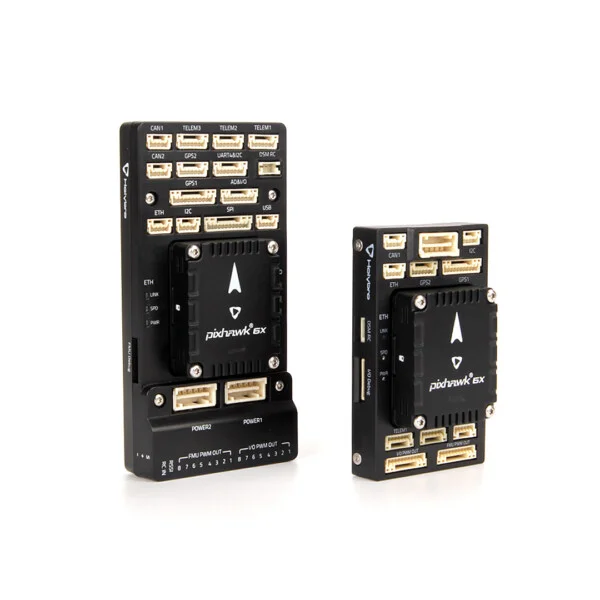
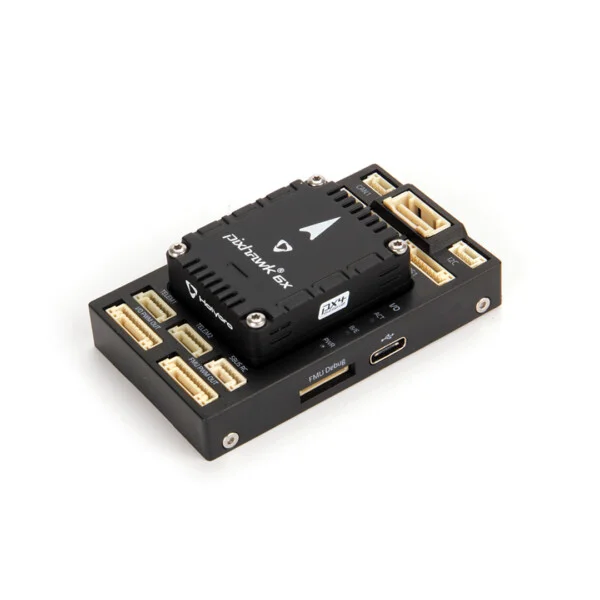
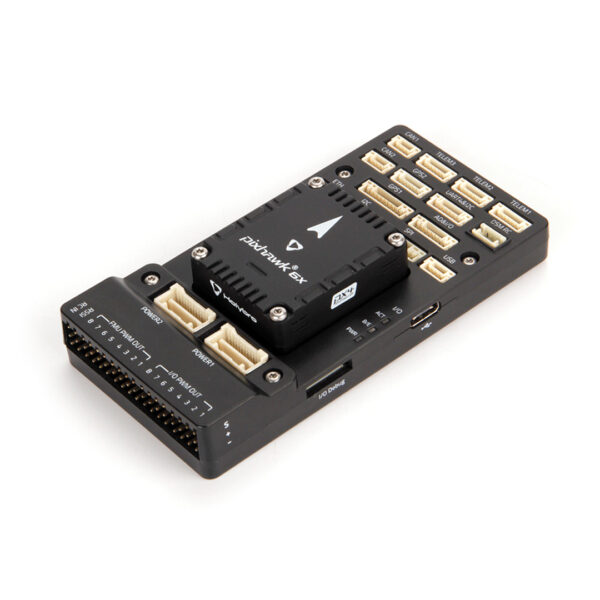
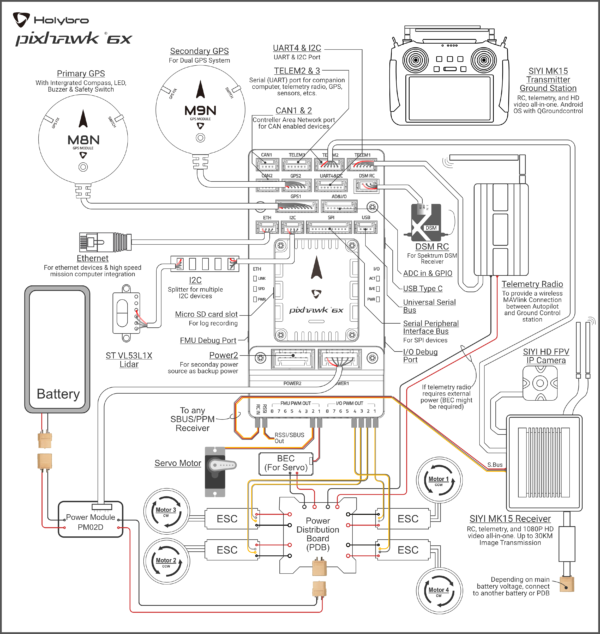
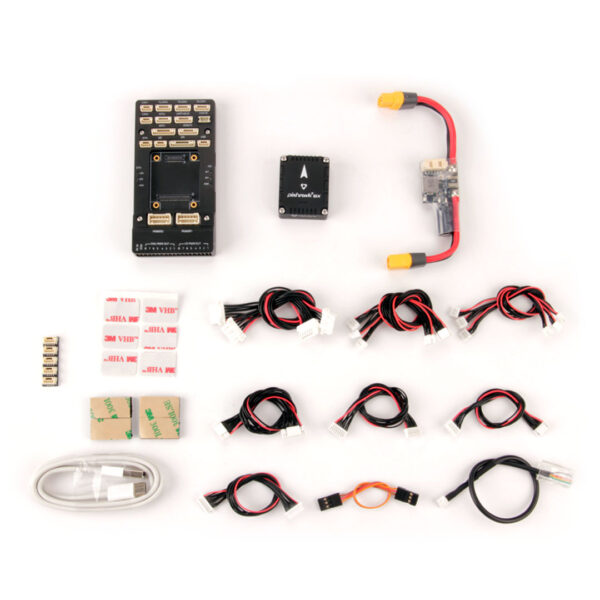
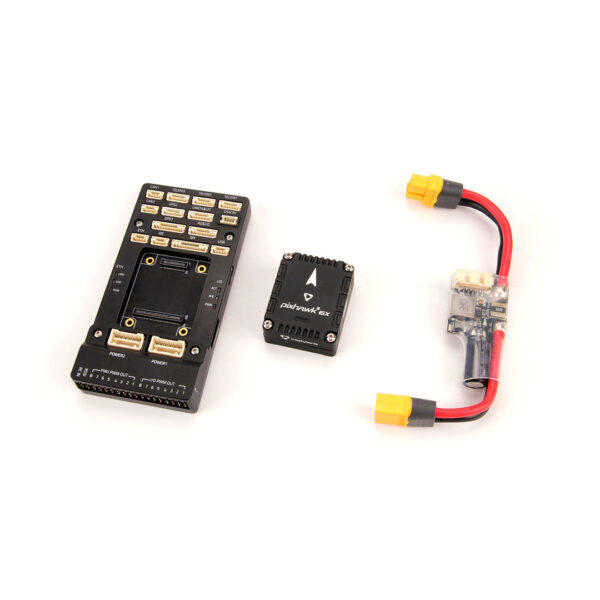
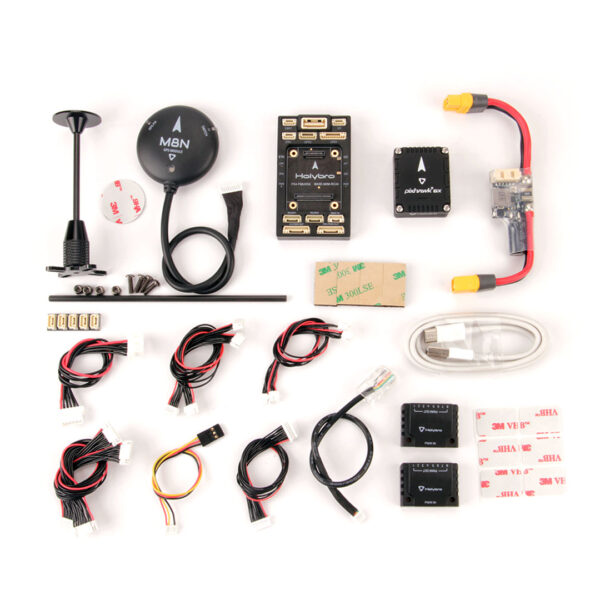
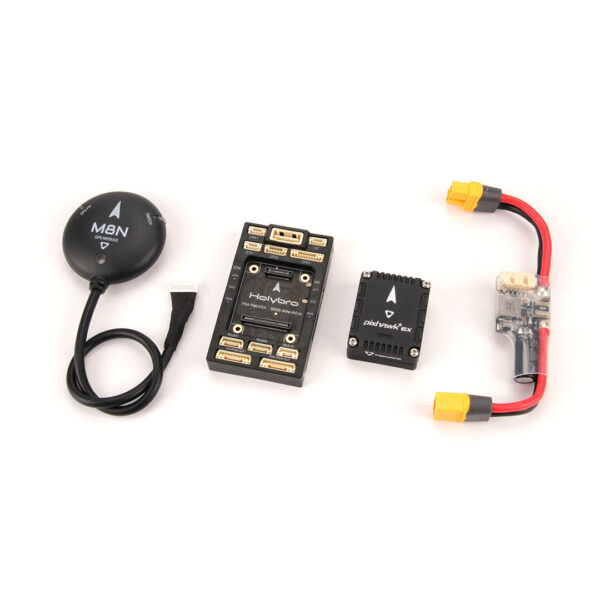
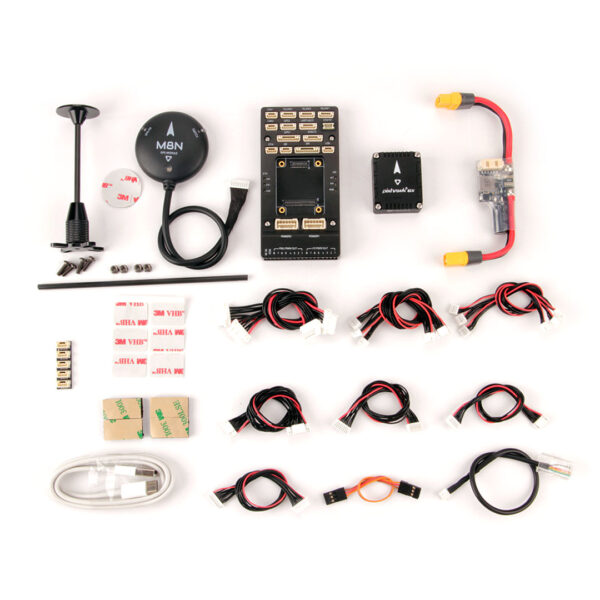
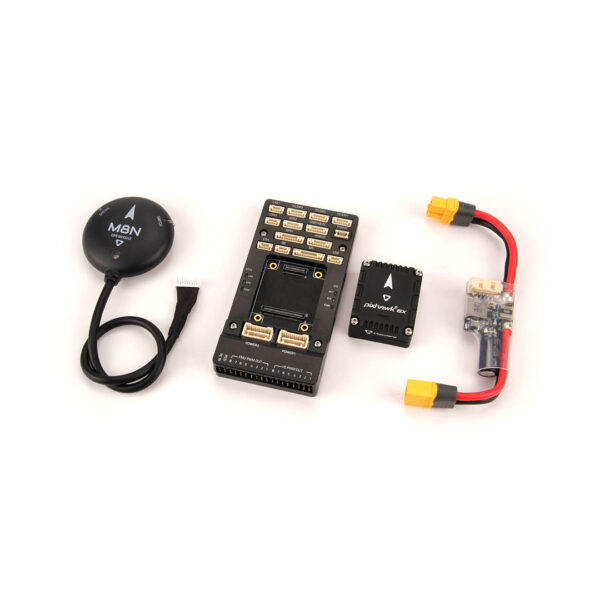
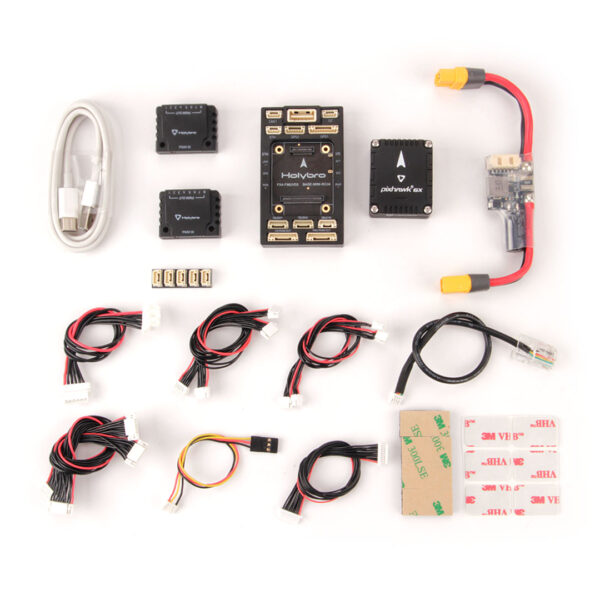
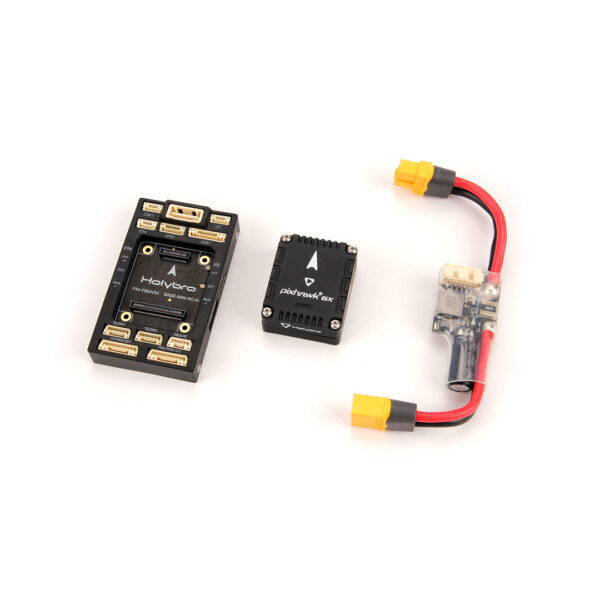
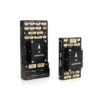
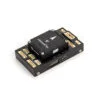
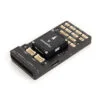
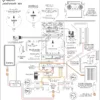
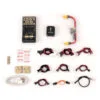
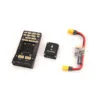
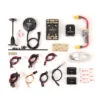
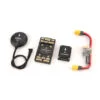
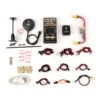
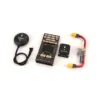
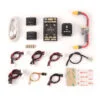
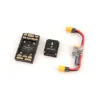

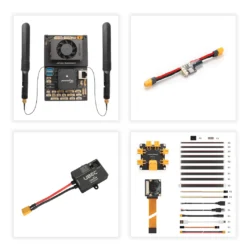

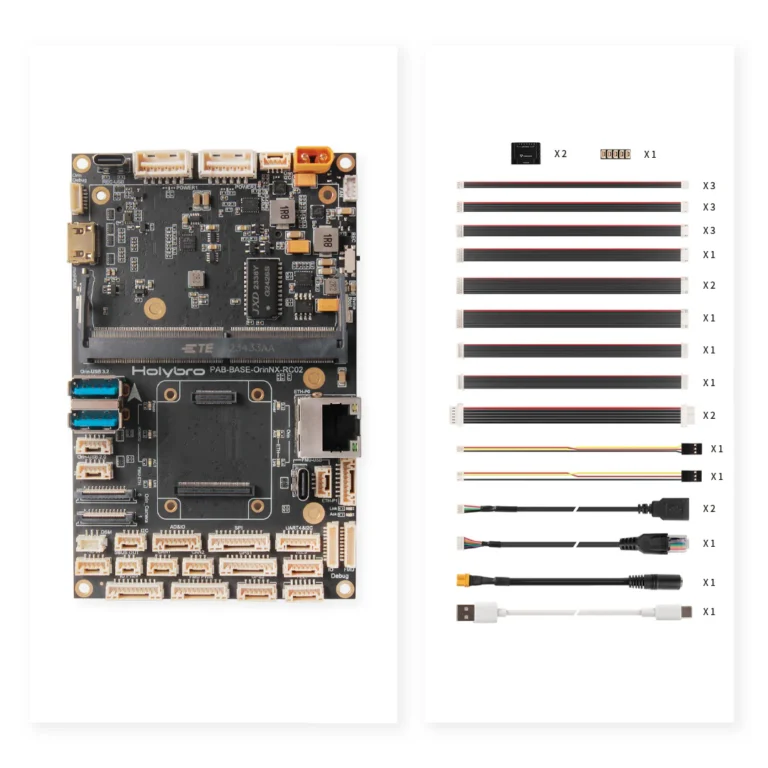

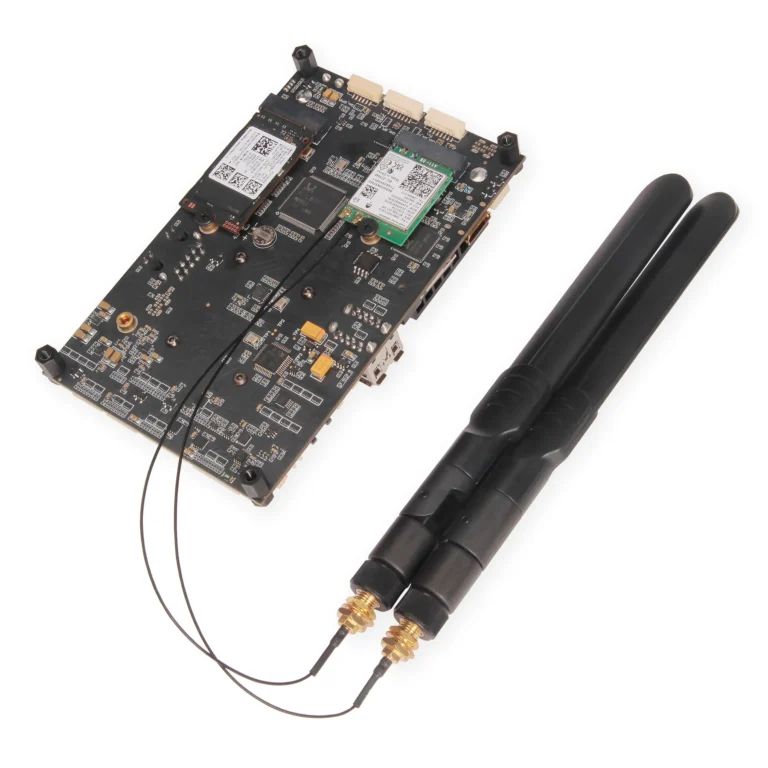
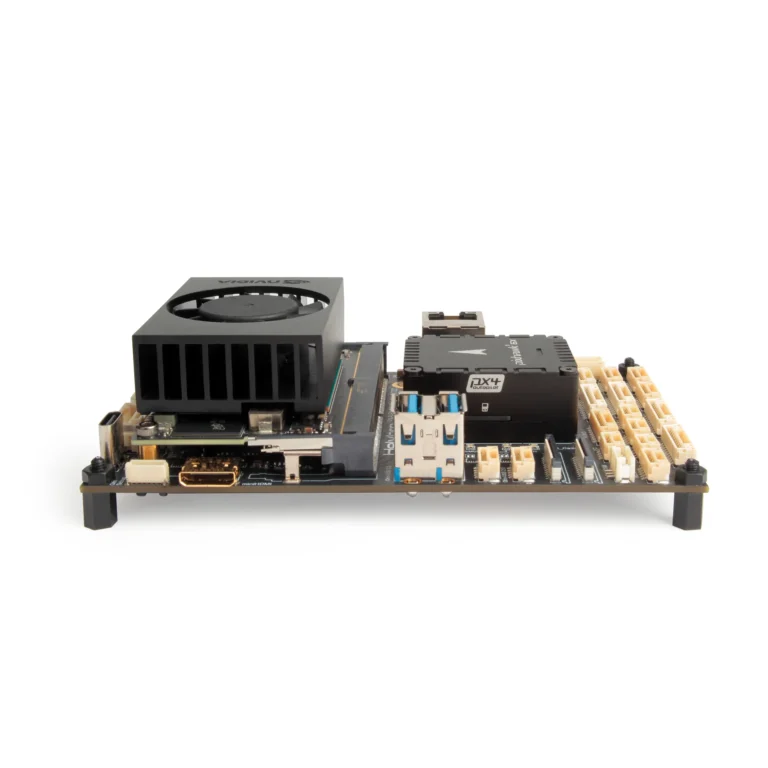
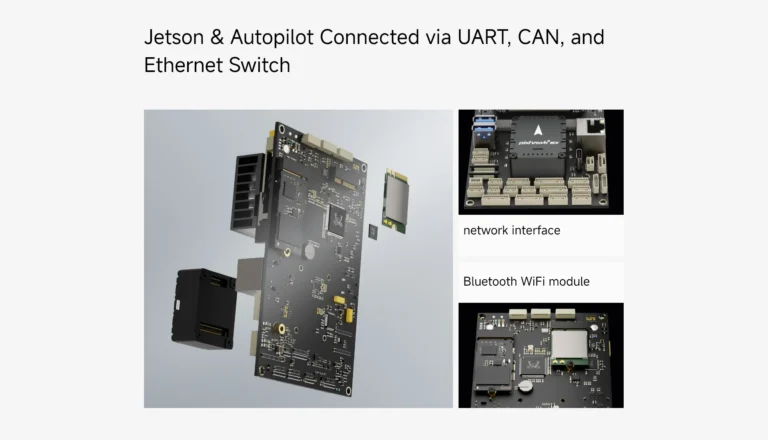
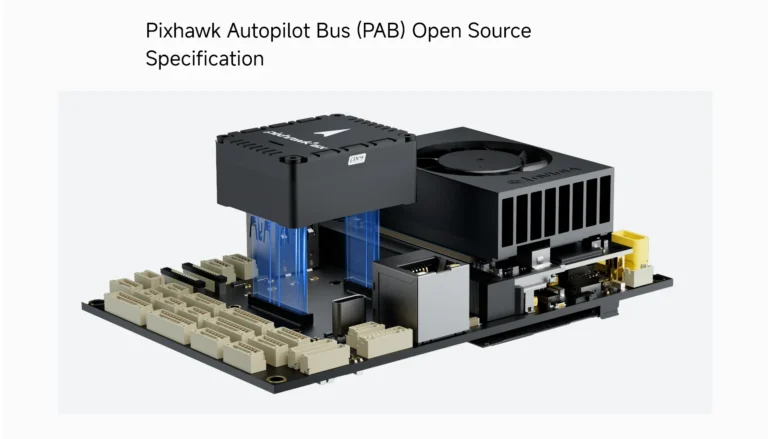
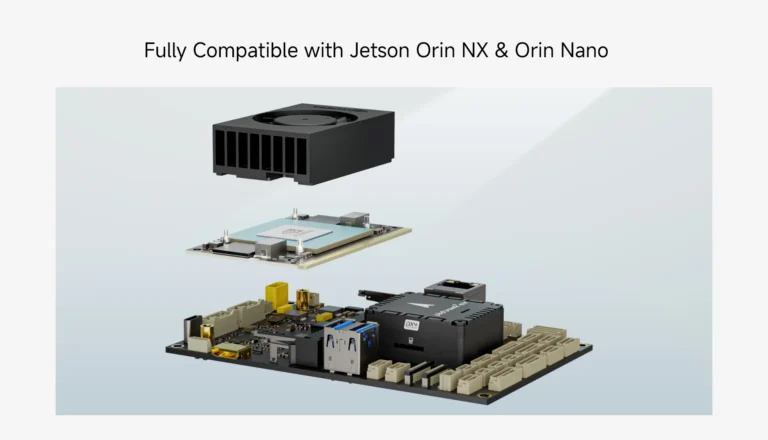
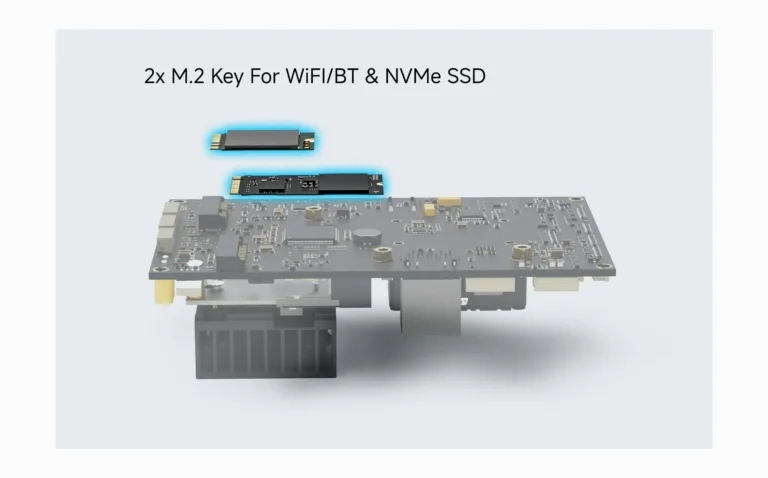
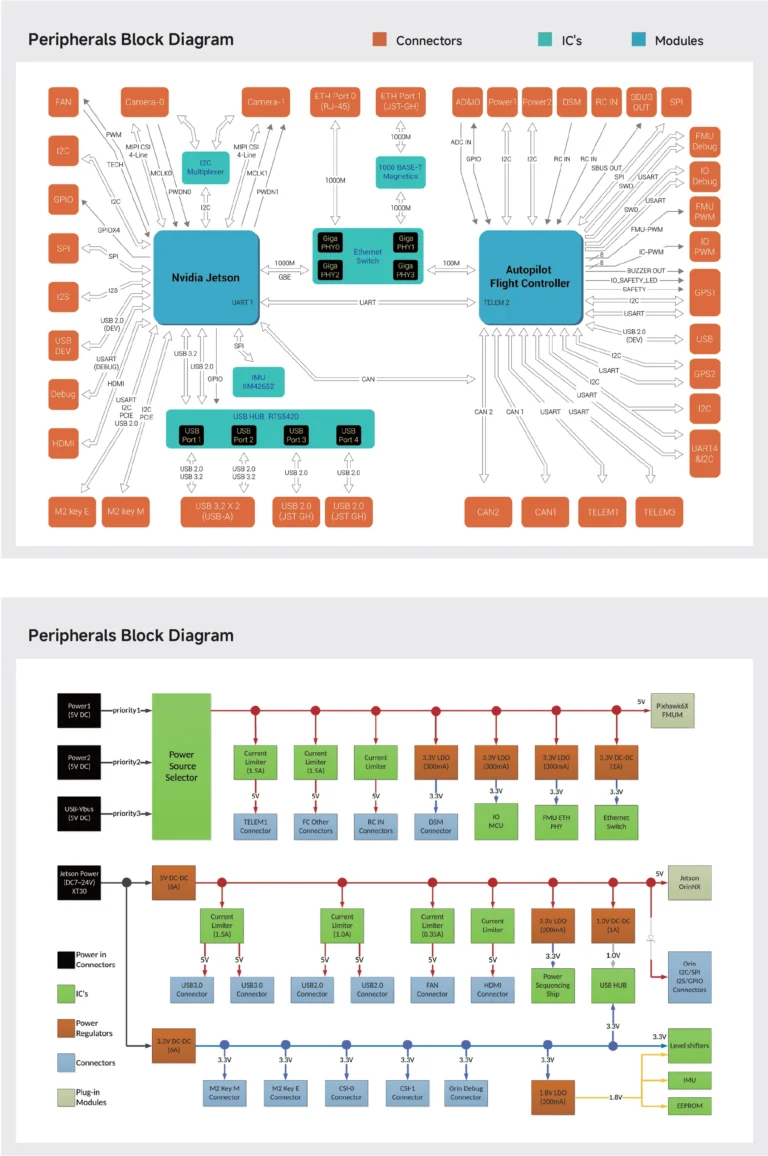
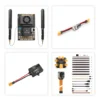
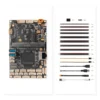
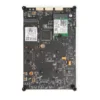
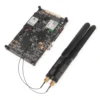
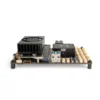

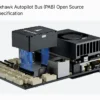

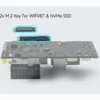
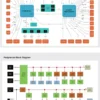
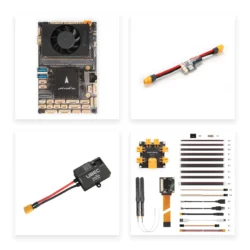
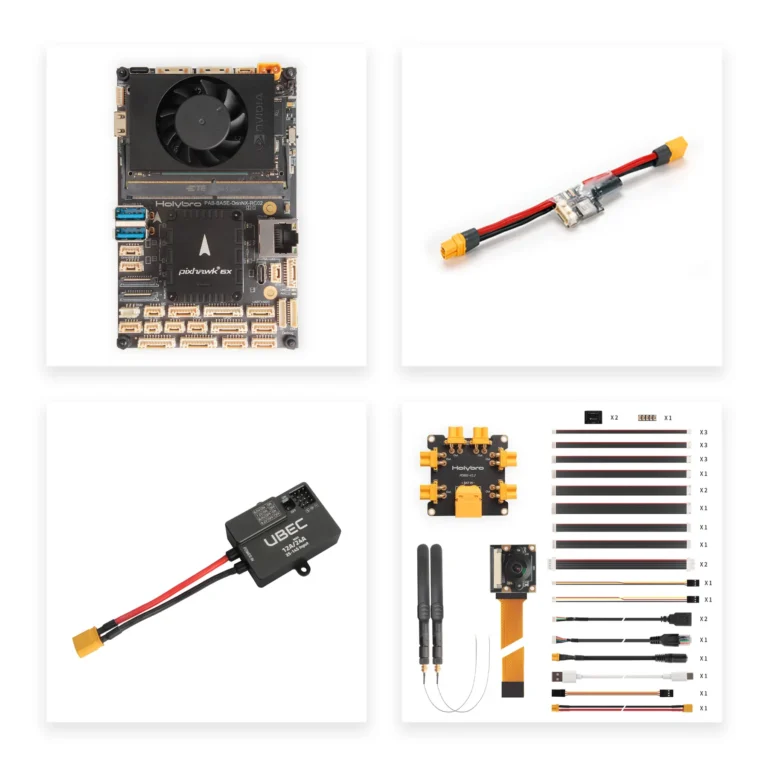
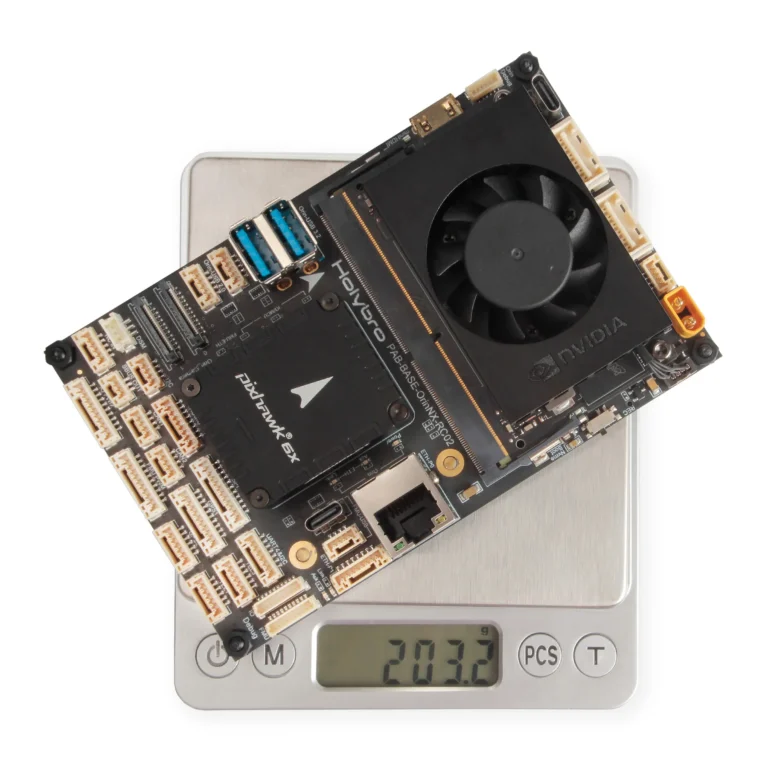
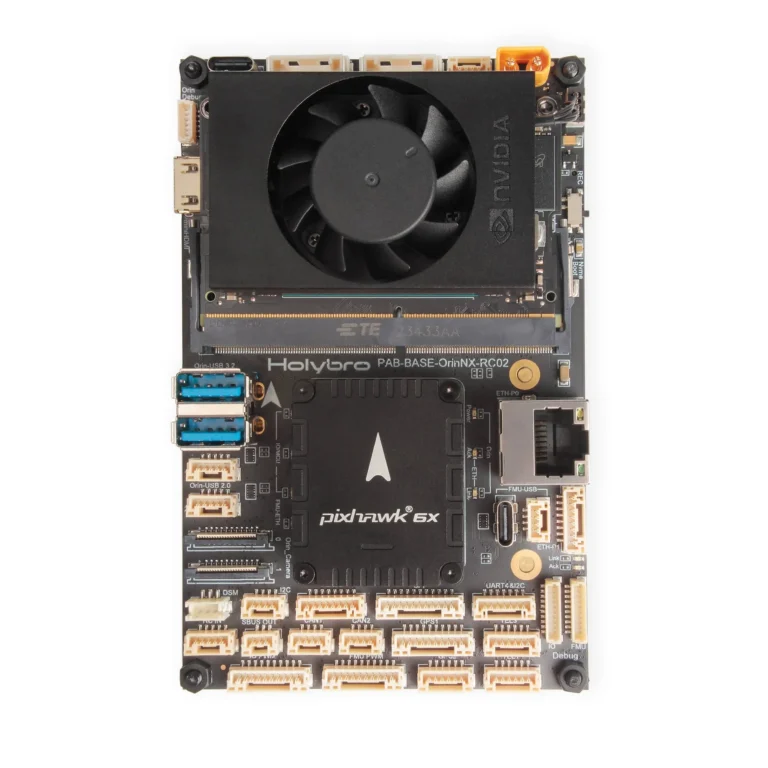
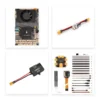
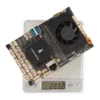
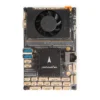
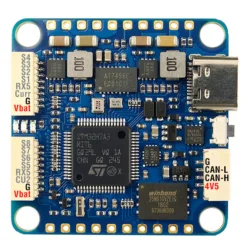
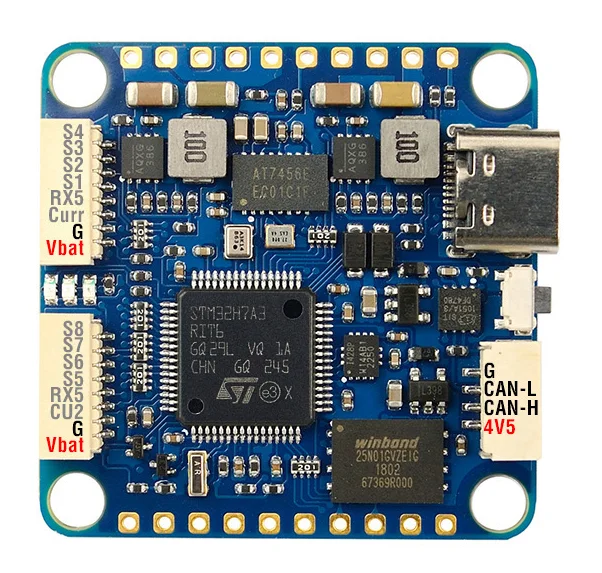
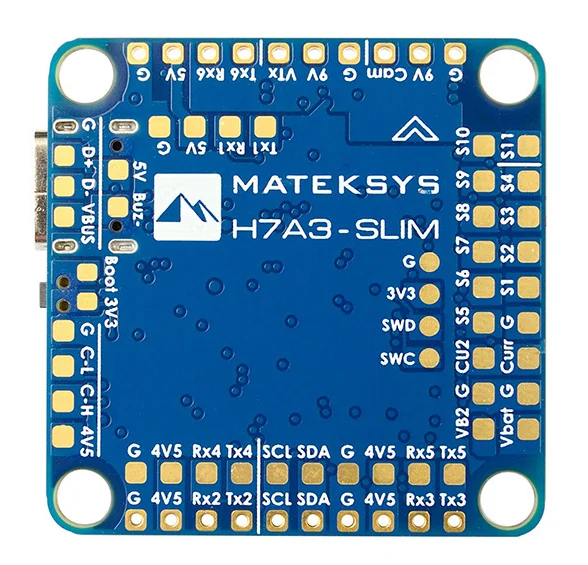
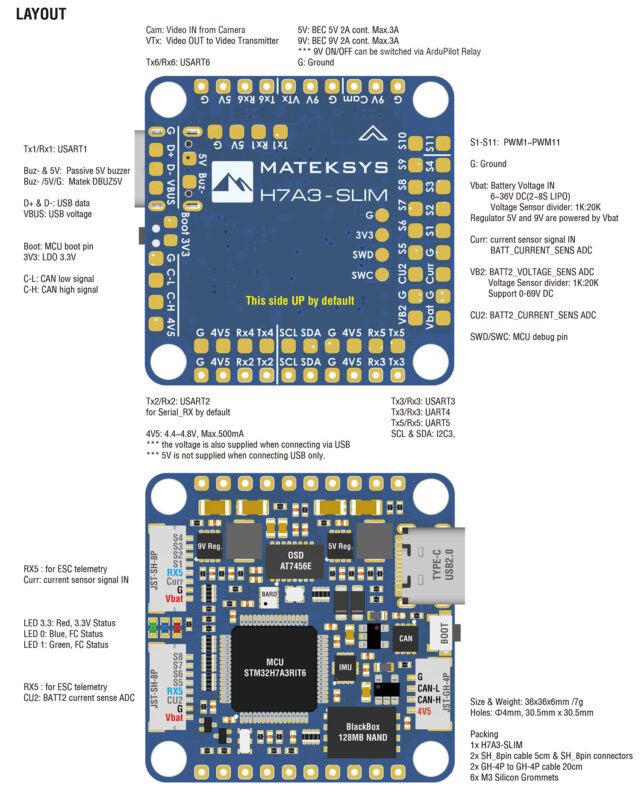
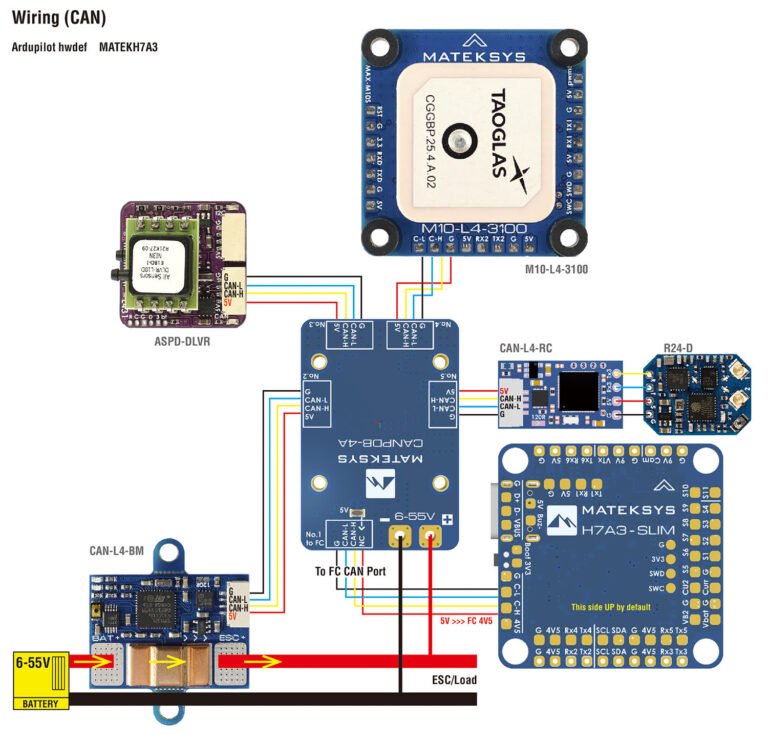
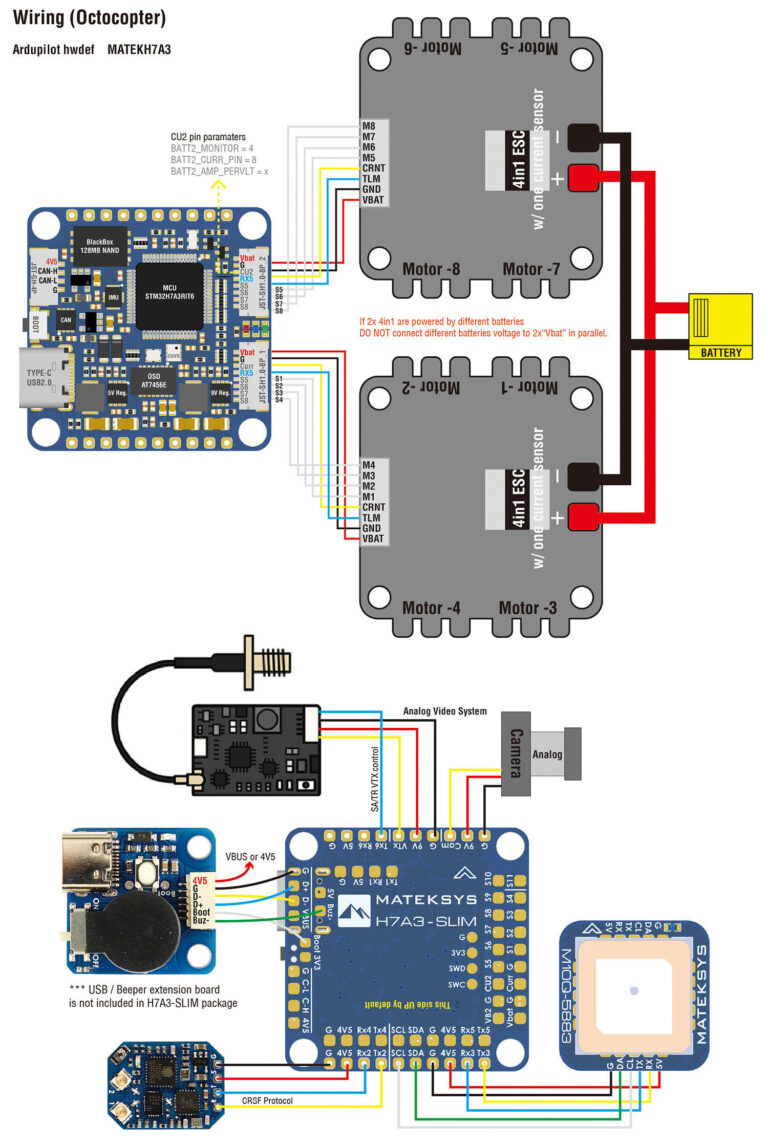
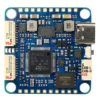
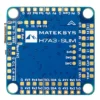
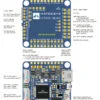
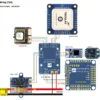
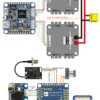
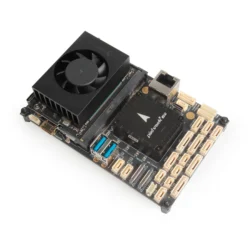
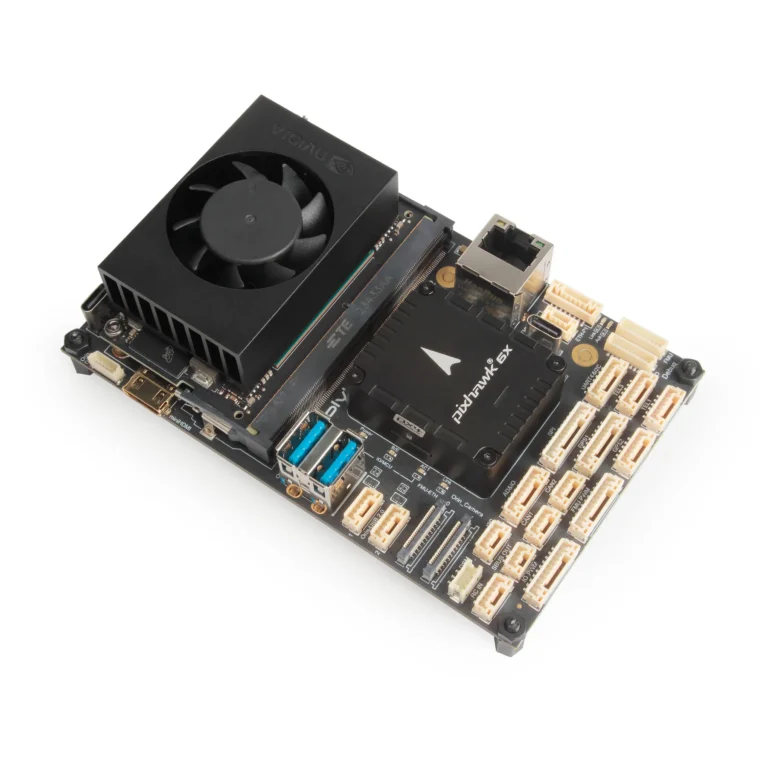
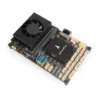
There are no reviews yet.